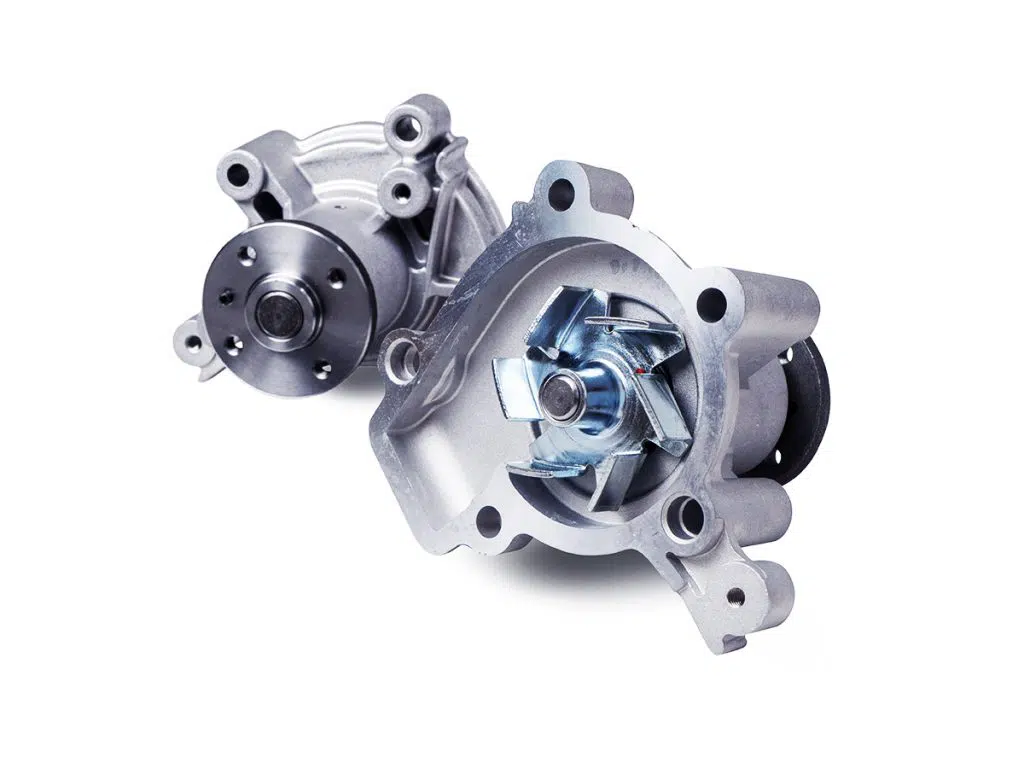What Does It Cost To Replace A Water Pump

The water pump is a critical component of your car's cooling system. Its primary job is to circulate coolant throughout the engine, radiator, and heater core, preventing overheating and ensuring optimal performance. A failing water pump can lead to serious engine damage, so understanding the costs associated with replacement, knowing the warning signs, and practicing preventative maintenance are crucial for every car owner and mechanic.
Understanding Water Pump Replacement Costs
The cost to replace a water pump varies significantly based on several factors:
- Vehicle Make and Model: Parts for some vehicles are simply more expensive than others. A water pump for a Toyota Camry, for example, is often more affordable than one for a BMW 3 Series.
- Type of Water Pump: Some vehicles use more complex water pumps, such as those with electronic controls or integrated with other components. These will generally cost more.
- Labor Costs: Labor rates differ from shop to shop and region to region. Replacing a water pump can be a straightforward job on some cars, while others require significant disassembly, driving up labor hours. For instance, a water pump on a Ford F-150 with the 5.0L engine might be relatively accessible, while one on a Subaru Forester with the horizontally opposed engine may require more extensive labor.
- Quality of Parts: Opting for a high-quality, OEM (Original Equipment Manufacturer) or reputable aftermarket water pump is always recommended. Cheaper, generic parts may fail prematurely, leading to repeat repairs and higher overall costs.
In general, you can expect to pay anywhere from $300 to $750 or even more for a water pump replacement, including parts and labor. To get an accurate estimate, always obtain quotes from multiple reputable repair shops, specifying the make, model, and year of your vehicle.
Troubleshooting Water Pump Issues: Symptoms, Causes, and Fixes
Recognizing the symptoms of a failing water pump early can save you from costly engine repairs. Here are some common signs:
- Overheating Engine: This is perhaps the most obvious symptom. If your temperature gauge is constantly in the red or your engine is frequently overheating, a failing water pump could be the culprit. Cause: Insufficient coolant circulation. Fix: Inspect the water pump for leaks or damage. Replace if necessary. Also, check the thermostat.
- Coolant Leaks: A puddle of coolant (usually green, pink, or orange) under your car, especially near the front of the engine, is a telltale sign. Cause: Worn seals, damaged gaskets, or a cracked water pump housing. Fix: Locate the source of the leak. Replacing the water pump is usually the only permanent solution.
- Whining Noise from the Engine: A high-pitched whining sound that increases with engine RPM could indicate a failing water pump bearing. Cause: Worn or damaged water pump bearing. Fix: Replacing the water pump is essential to prevent further damage.
- Rust and Corrosion on the Water Pump: Visible rust or corrosion around the water pump can indicate internal damage and impending failure. Cause: Age, exposure to contaminants in the coolant, or electrolysis. Fix: Replace the water pump and flush the cooling system.
- Steam Coming from the Engine: Steam rising from under the hood is a sign of severe overheating and potential coolant loss due to a major water pump failure. Cause: Catastrophic water pump failure. Fix: Stop driving immediately and have the vehicle towed to a repair shop. Replacing the water pump and addressing any engine damage is necessary.
Real-World Issues and Maintenance Tips
Problem: A Honda Civic owner noticed coolant leaking from the water pump area. The car also began to overheat intermittently.
Solution: Inspection revealed a cracked water pump housing. The water pump was replaced, and the cooling system was flushed and refilled. The owner was also advised to use the correct type of coolant to prevent future corrosion.
Problem: A Chevrolet Silverado mechanic found that the water pump bearing was making a loud whining noise. The customer had ignored it for months, thinking it was a minor issue.
Solution: The water pump was replaced, but the excessive heat generated by the failing pump had also damaged the serpentine belt and tensioner. These components also needed to be replaced, increasing the overall repair cost.
Maintenance Advice:
- Regular Coolant Flushes: Replace your coolant according to your vehicle's manufacturer's recommendations (typically every 30,000 to 50,000 miles). Fresh coolant prevents corrosion and keeps the cooling system running efficiently.
- Inspect Coolant Hoses: Check coolant hoses regularly for cracks, leaks, or swelling. Replace them as needed.
- Listen for Unusual Noises: Pay attention to any unusual noises coming from your engine, especially whining or grinding sounds. Early detection can prevent major problems.
- Maintain Proper Coolant Levels: Regularly check and maintain the correct coolant level in your reservoir. Low coolant levels can lead to overheating and water pump damage.
- Use the Correct Coolant Type: Always use the coolant type specified in your owner's manual. Mixing different types of coolant can lead to corrosion and damage.
Keeping Your Car in Top Condition
Preventative maintenance is the key to extending the life of your car and avoiding costly repairs. By performing regular inspections, addressing minor issues promptly, and following your vehicle's maintenance schedule, you can keep your cooling system, and your entire vehicle, running smoothly for years to come. Remember that a well-maintained cooling system is crucial for engine longevity and overall vehicle performance. Don't neglect your water pump; it's the heart of your cooling system!
